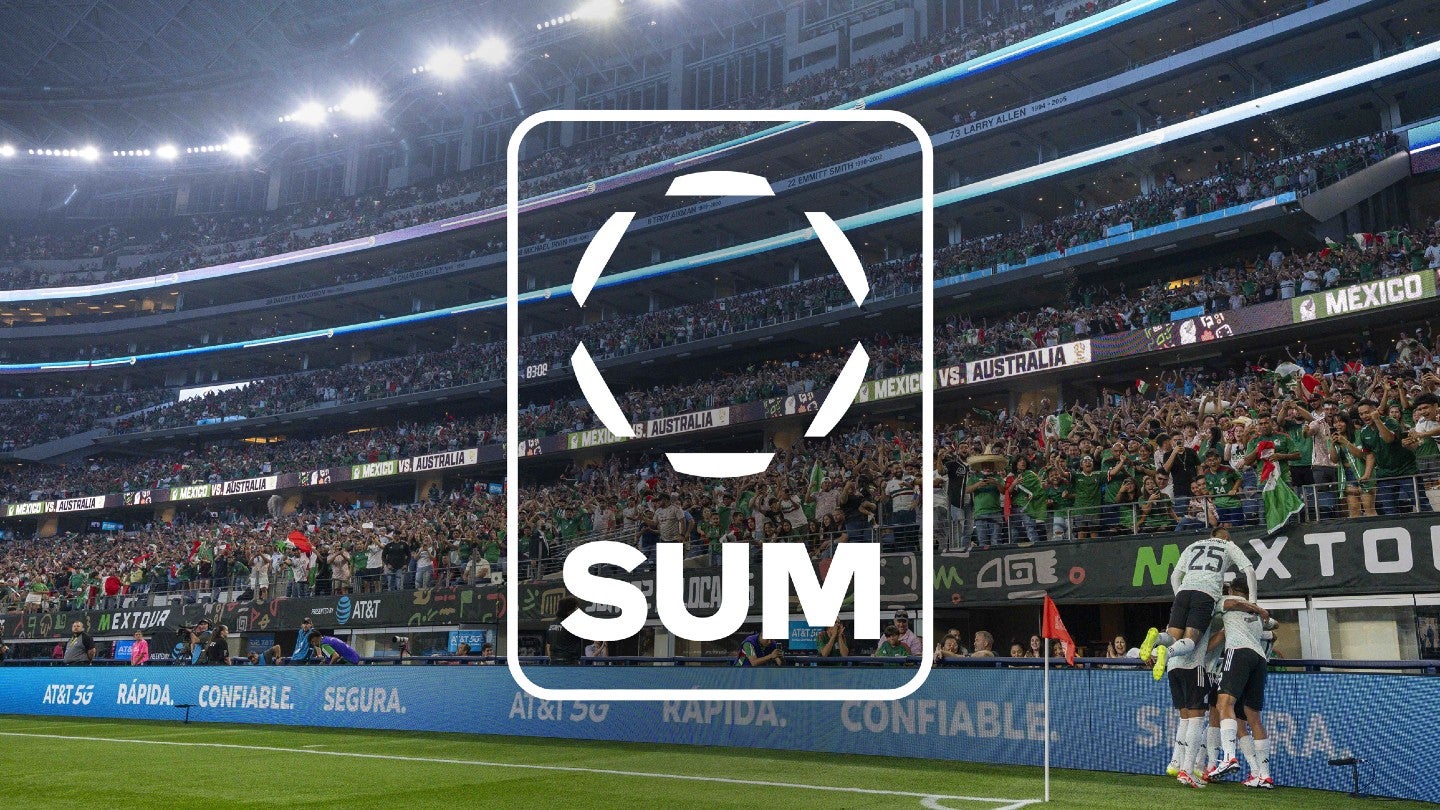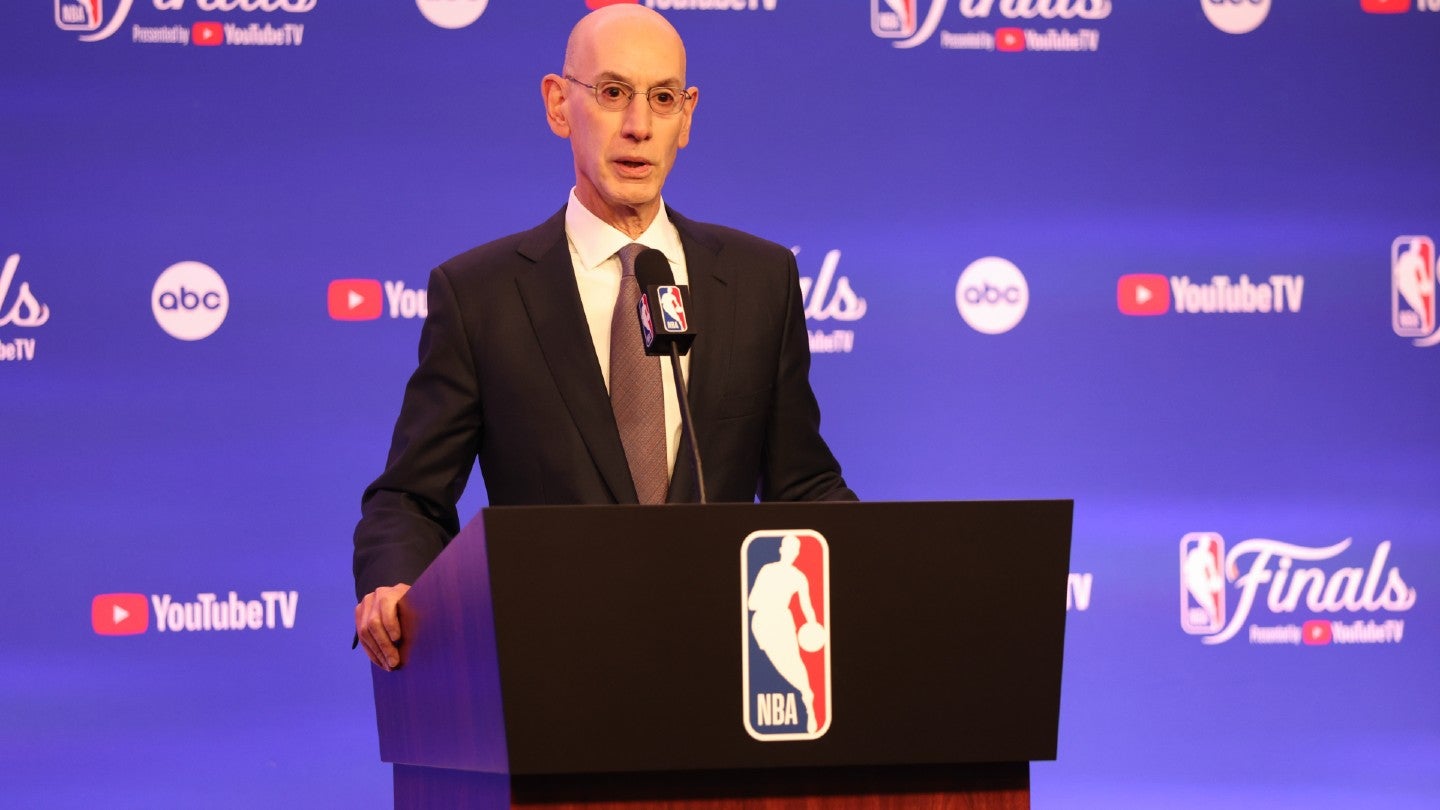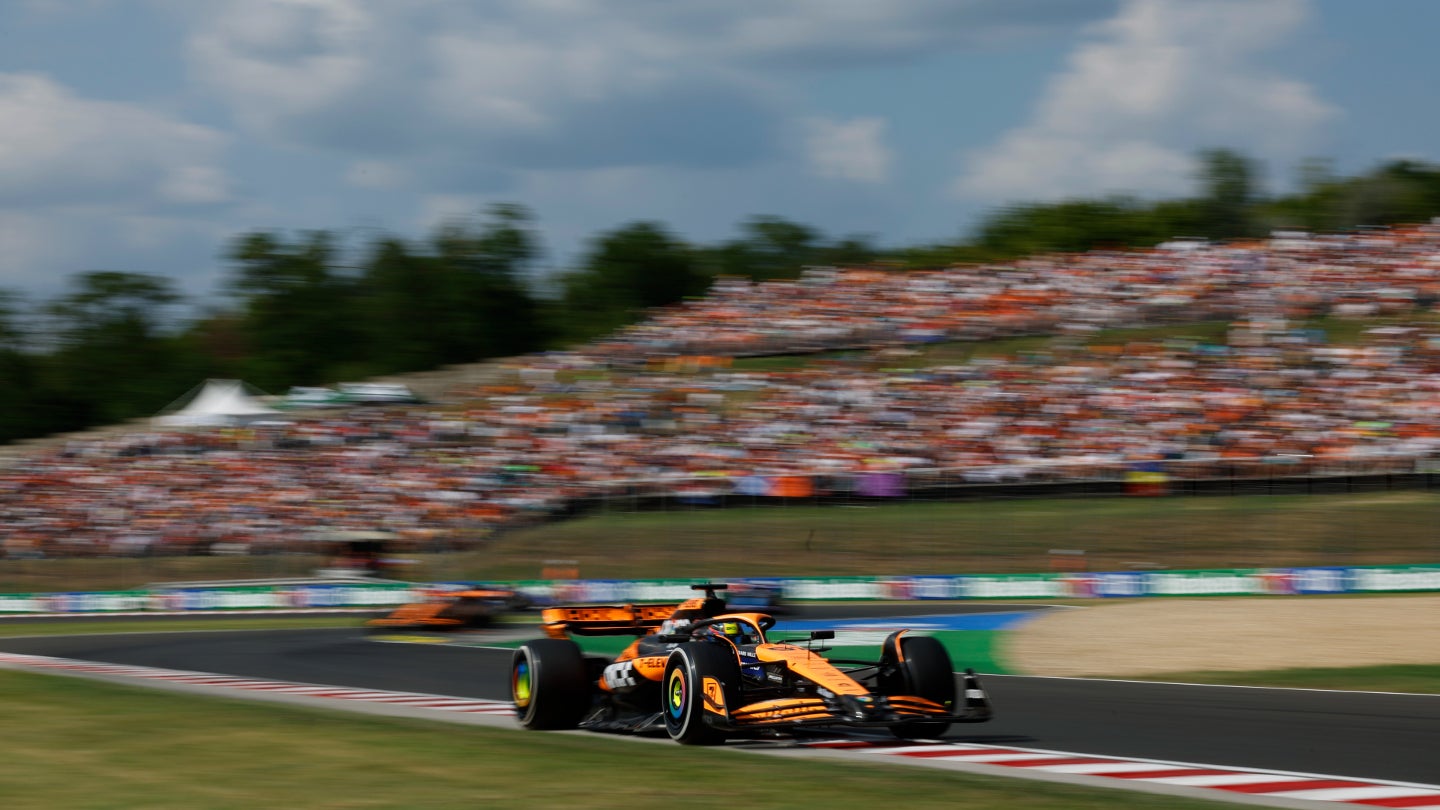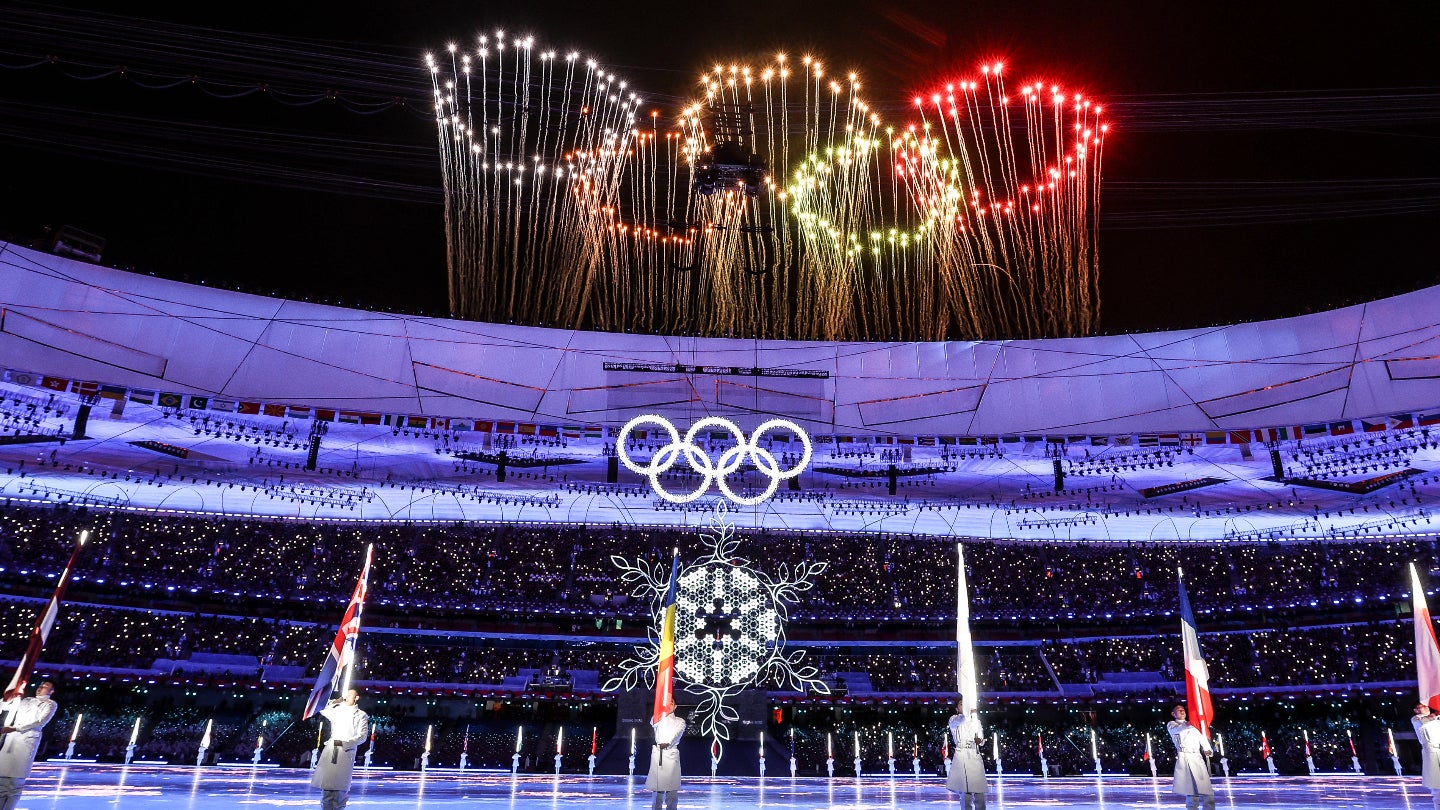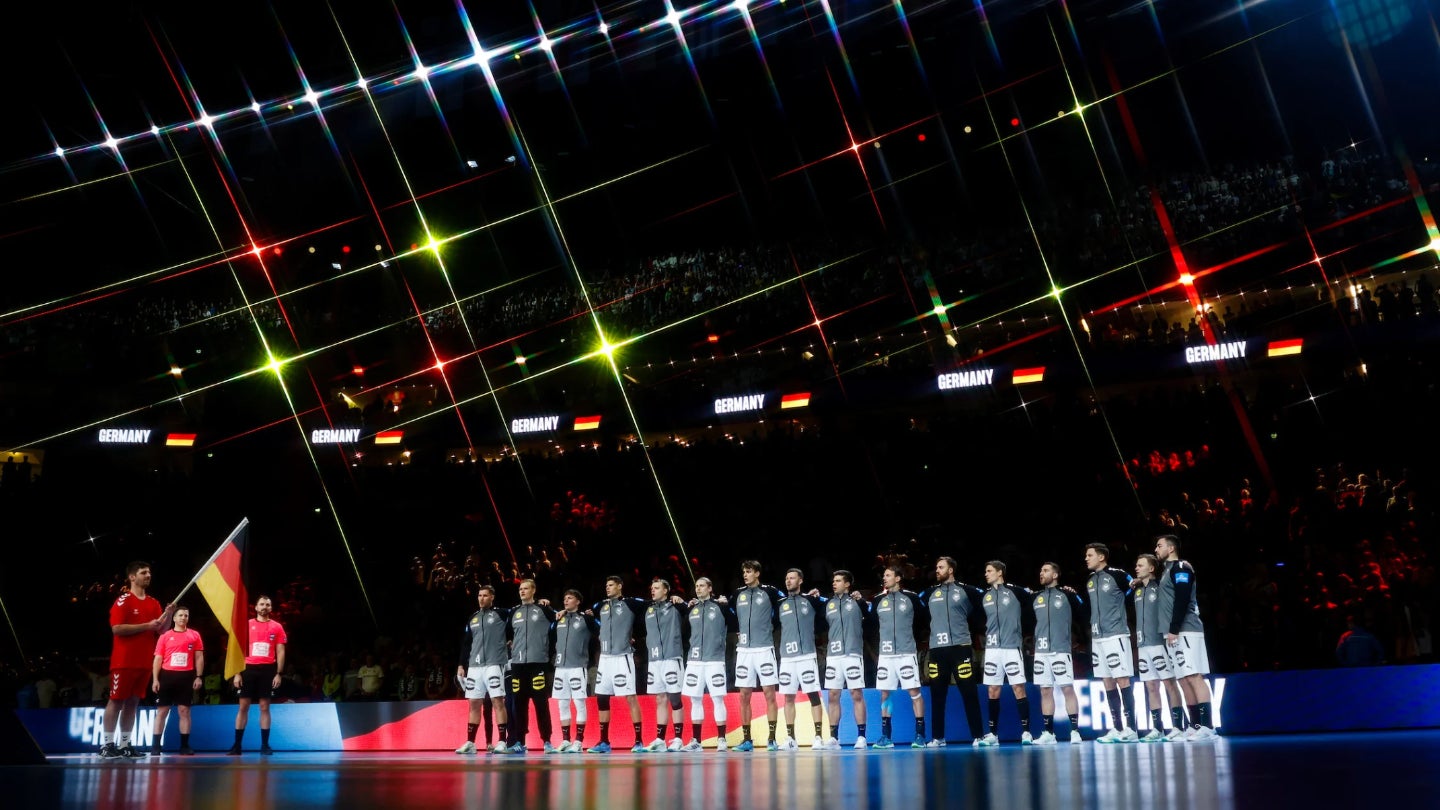Major League Soccer (MLS) has enjoyed rapid growth since its first season in 1996 and will welcome its 30th franchise in San Diego in 2025. The increase from 10 teams in its inaugural campaign demonstrates the North American league’s trajectory over almost three decades.
Soccer United Marketing (SUM), the league’s commercial arm, has played a key role in that growth, putting in significant work off the pitch to increase the appeal and value of MLS.
Formed in 2002, the commercial vehicle for the league has developed a reputation as the most successful soccer promoter in North America over the past 20 years.
However, marketing a new soccer competition in the US - to go up against heavyweight properties like the NFL, NBA, MLB, and NHL - has been no easy task.
“If you think about the challenge of creating a soccer league in a market that didn't have the fandom, commercial infrastructure, and support, how do you do that?” says Camilo Durana, the executive vice president of the Apple partnership, properties, and events at MLS and SUM.
“There are parallels around the world of sports that have tried to do that and for us, MLS was not what it was today in 2002 and our owners felt that we had to create the market for the sport, and the fan base and commercial momentum for MLS to thrive. SUM's mission was to do just that.
“So, we went out and built relationships with the best soccer brands around the world and started to create different types of properties and invested in human capital and people to professionalize the commercial system.
“SUM in many ways has been behind the scenes and the commercial and fan growth engine that has helped MLS to grow in a variety of ways.”
Building up MLS to this point took years of strategic work, with many areas to consider outside of the on-pitch product.
With the accessibility of sport now at an all-time high, competing for fans with the other major US leagues remains tough, with the rise of streaming and other entertainment options enhancing a competitive environment.
The fan experience is central to the MLS value proposition.
“The challenge for us was thinking about MLS as a product from a variety of angles,” Durana says.
“We've spent billions building soccer-specific stadiums because the experience of watching it in a venue not built for the sport is fundamentally different.
“I don't think about the growth of MLS and marketing it as a singular exercise. It's about every point of the fan journey, what the product is, and making sure that over time we're very methodical on progressing and driving towards success.
“We knew this wasn't going to be an overnight project and we have owners that are committed and investing because they believe and we believe that MLS will at one point be one of the best soccer leagues in the world and one of the most compelling leagues in North America, but we recognize that it takes time.”
Going international
With a refreshed brand identity this summer, SUM is entering a new era where it will promote or operate over 130 international games in the region this year.
Soccer United Marketing (SUM), the commercial powerhouse behind @MLS and many other partnerships, turned to Athletics to refresh their brand identity. This bold rebrand spotlights on an entity that, despite its two-decade legacy, has largely worked its magic behind the scenes. pic.twitter.com/c9jR7DuWm0
— Athletics (@athleticsnyc) June 18, 2024
Given its expertise in the North American market, SUM has by this point grown to service soccer properties outside of MLS.
In 2024 alone, SUM’s involvement includes the Concacaf Nations League Finals, Mexican men's national team tour games (MexTour), Argentina national team US tour matches, Copa America, MLS All-Star Game, and Leagues Cup.
For Copa America, which took place in the US, SUM managed promotion and event sales.
After the success of building up MLS, engaging with international properties was a natural next step for the league’s commercial engine.
“That journey of building partnerships with international entities has evolved over time,” Durana explains.
“When we started SUM, we went out and built those relationships, and said there's an enormous opportunity in the US, tremendous potential from a fan perspective, and great buying power, so this could be an interesting long-term opportunity for you,”
“We've been working with the Mexican federation for over 20 years, and we've managed their sponsorship rights, five-game annual tour, and consumer products business. We've enabled the federation to have a great commercial and sponsorship business in Mexico, and an enormous business in the US.”
The Copa America kicked off a significant period for soccer in the US, with several major international competitions to be staged in the market.
Next year, the US will host the expanded FIFA Club World Cup featuring Europe’s biggest clubs.
Both competitions are serving as preludes to the ultimate showpiece – the 2026 FIFA World Cup.
Soccer’s flagship event will be played in the US, Mexico, and Canada with a trio of hosts for the first time and an expanded 48 teams.
SUM will undoubtedly be involved in several ways and will notably be collaborating with On Location to deliver FIFA’s hospitality program after the premium hospitality and events business partnered with MLS following its recent appointment by the governing body.
Major League Soccer and On Location, the exclusive Official Hospitality Provider of the FIFA World Cup 2026™, are excited to announce a collaboration to promote and sell game-changing hospitality experiences for the FIFA World Cup 2026™ being hosted by Canada, Mexico and the… pic.twitter.com/cOwQY3fT3O
— Major League Soccer (@MLS) July 18, 2024
MLS was named a hospitality sales agent in Canada and the US following On Location’s appointment by FIFA. The league has clubs in each of the 13 World Cup host cities in the US and Canada.
“For many of the big international competitions that are coming to the US or have come historically, it's usually entities that don't have the operating capabilities on the ground,” Durana says.
“We can make quick phone calls and have 29, soon to be 30, MLS clubs helping to sell tickets and operate games.
“We do all the match promotion and ticket sales for the Concacaf Gold Cup, and that's also the role we did for Copa America.”
Business of soccer
With major international soccer competitions heading to the US, it’s become a key target market for many clubs, leagues, and federations due to the immense commercial opportunities on offer.
This summer, half of the English Premier League is touring the US for pre-season, including Arsenal, Chelsea, Liverpool, Manchester City, and Manchester United.
They will be joined by European heavyweights such as AC Milan, Barcelona, Real Madrid, Celtic, and RB Leipzig.
Ahead of the World Cup coming to town, there is a battle between the major teams in Europe for eyeballs, new fans, and commercial value as the biggest sport in the world now has a growing audience in the biggest market.
Despite being a global phenomenon, soccer has been a slow burner in the US due to the popularity of other national leagues (NFL, NBA, MLB, etc).
American investors, however, have long been aware of the financial behemoth that European soccer is.
Some of Europe’s biggest clubs are now in the hands of US owners such as Arsenal, Liverpool, and Manchester United, and Italian giants AC Milan and Inter Milan.
Outside of soccer, the US will host the 2028 Olympics in Los Angeles, making it a sporting hotbed over the next four years.
On a recent trip to Europe, MLS commissioner Don Garber claimed the US has “raised the commercial value of soccer around the world” due to the sport's growth in the market.
Offering his take, Durana says: “All those major events are creating more attention and demand, which is a great opportunity. The buying power in North America is tremendous.
“It's not new that clubs from around the world, European clubs, even Copa America, want to come and play here because it's a great financial opportunity.
“With teams coming in and trying to capitalize on the North American market, some will do it well, and it'll be additive and positive, and there are others who won't, and it'll create bad experiences for people. It's like any business.”
The US is very much seeing the benefits of focused development of soccer ahead of the World Cup.
The rise in popularity of MLS, the continuing success of the women’s NWSL, and the opportunity to host soccer’s flagship international event means the sport has significant momentum in the region.
The investment of American owners and organizations into European soccer and the creation of multi-club entities means that the US now has the knowledge and infrastructure to adequately capitalize on the World Cup and continue the domestic growth of its leagues.
MLS momentum
The task for MLS and SUM is simple: to seize this moment and draw in new fans to boost the domestic game.
While many will be excited by the influx of global soccer teams and stars to North America, interest is also rising for the offering on home soil.
As MLS entered its mid-season All-Star break this week, the league continued to set records across key business metrics including attendance, corporate sponsorship revenue, merchandise sales, and social engagement.
Major League Soccer Sets Records in Key Business Metrics at Midseasonhttps://t.co/uMyEnI1OgV
— MLS Communications (@MLS_PR) July 22, 2024
The second season of the league’s partnership with Apple and Argentine superstar Lionel Messi’s second year with Inter Miami are among the key drivers of the continued rise.
MLS has seen 8.3 million fans attend matches so far in 2024, the most in league history by this date in any season. Average attendance has reached over 23,000 fans per game.
During the first half of 2024, partnership revenue for MLS and SUM properties has increased by 10% compared to last year, while MLS teams have seen a 10% rise in club sponsorship revenue.
In total, 17 new partners have signed on as sponsors, including Michelob Ultra and Beats by Dre.
Merchandise sales have surged by 17%, while MLS claims to have the fastest-growing social following among major men's North American sports leagues.
Engagement on league and club social channels is at record levels and has received over 400 million social interactions in 2024 to date, a 230% rise from last season.
Notably, Inter Miami has become the most followed North American sports team – with a combined 26 million on TikTok and Instagram - illustrating the widespread impact Messi has had on the franchise since signing in July 2023.
Lionel Messi joined Inter Miami one year ago this week.
— Joe Pompliano (@JoePompliano) July 17, 2024
Here's the difference:
Inter Miami Valuation
2023: $600 million
2024: $1.03 billion (+72%)
Inter Miami Annual Revenue
2023: $60 million
2024: $200 million (233%)
Inter Miami Instagram Followers
2023: 1 million
2024: 17… pic.twitter.com/ln9ZMuOgMM
While many will point to Messi’s presence as the primary reason for the increase in MLS consumption metrics, the league’s momentum began, less visibly, before the global superstar’s arrival.
“Before Messi joined last year, we were on track to break several records - attendance, sponsorship, consumer products - so we had this unbelievable momentum, and then he decided to continue his career at MLS which was another injection of energy on many fronts,” Durana outlines.
“It's hard to quantify and split and attribute certain growth to Messi versus the general momentum that we had based on a variety of factors. Around 24 of our 29 clubs are up on attendance year over year. Not all of them are playing Miami at home.
“Messi alone, in terms of jersey sales, what he has done for Inter Miami’s sponsorship business, their ability, and the demand that he created for international pre-season tours is clearly there and it certainly has an impact on the balance of the league. But it's hard to specify specifically because of the various things that are creating momentum and energy for us from a business perspective.”
MLS is also now available globally thanks to the league’s lucrative 10-year streaming deal with Apple TV. The MLS Season Pass was launched on the platform at the start of the 2023 season and allows subscribers to watch live matches in any market without local broadcast restrictions.
In addition to more than 900 live MLS matches, the service airs games from Leagues Cup, the annual competition contested by clubs in MLS and Mexico’s Liga MX, and select matches from the MLS Pro affiliate league and MLS Next youth league.
As a new player in the live sports space, Apple’s decade-long commitment to MLS was a major endorsement of the direction the league is heading in and its ability to attract new fans.
MLS prides itself on having the youngest and most diverse fan base and believes its reach will only increase as soccer takes center stage in North America.
“From a brand and product perspective, you want to be strong in young segments that are the future and we're really well positioned,” Durana says.
“We've got a globally appealing product and we can reach those fans. We feel good about the foundations that we have, the investments that we've made, and how we are positioned with all these tailwinds of Copa America, the FIFA Club World Cup, and the World Cup where soccer will be in the consciousness of more North Americans.
“It will put us on the global stage and it'll add to the momentum that we have right now and take us to new heights.”
Durana, who has spent 15 years with MLS over two stints, concludes: “We have a moment in time right now in this World Cup cycle, between Messi and the major tournaments coming to North America, where more people will be open to being fans of the sport and MLS.
“Our job is to create those connections and have those direct conversations with consumers and provide a great experience and a great product on MLS Season Pass and make sure they want to come back.
“What all leagues are evolving to is just that, building direct relationships with consumers. It's about how we're continuing to provide great experiences for fans and take advantage of this moment in time with all this energy and openness to capitalize and build those direct consumer relationships.”


